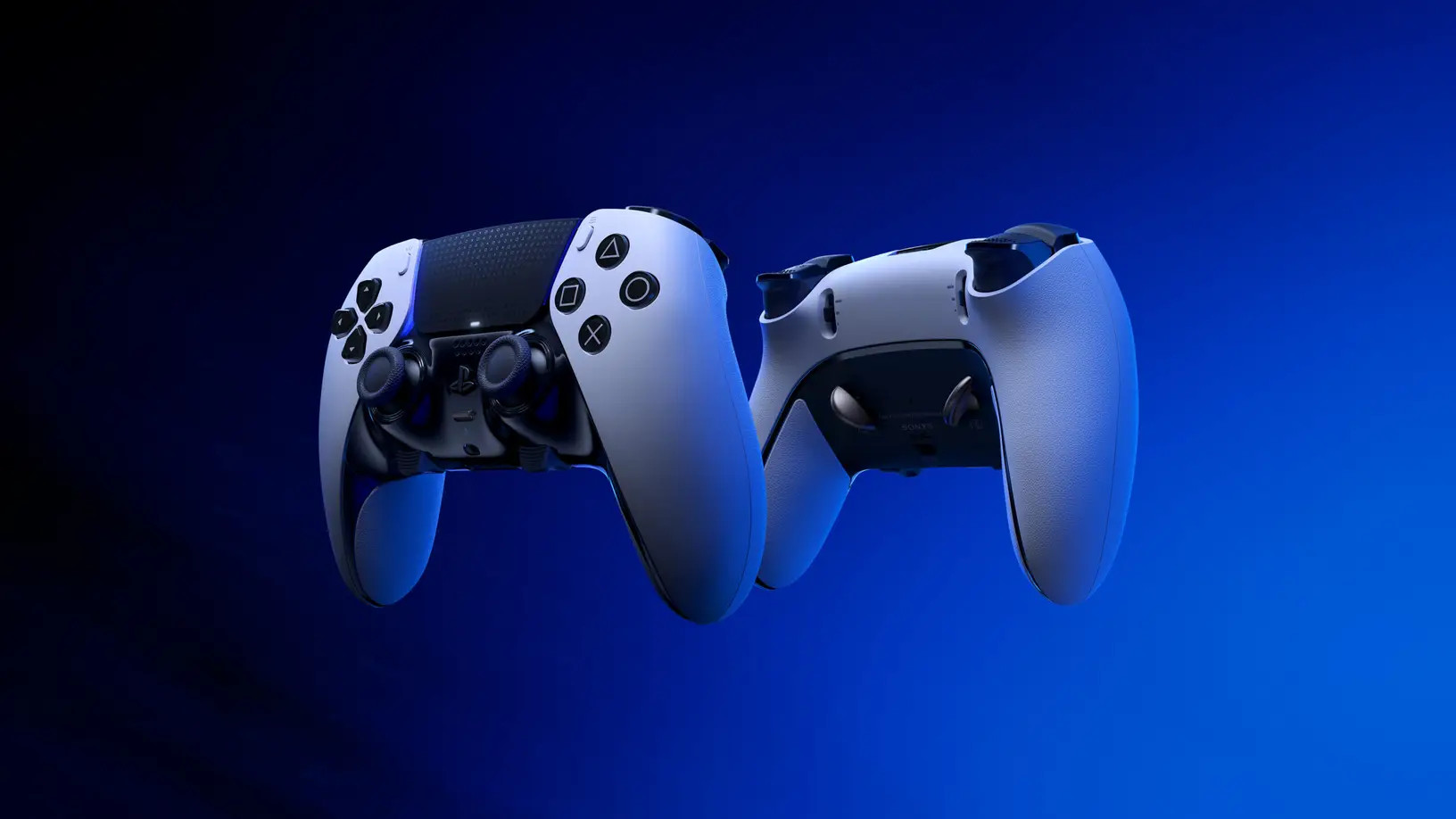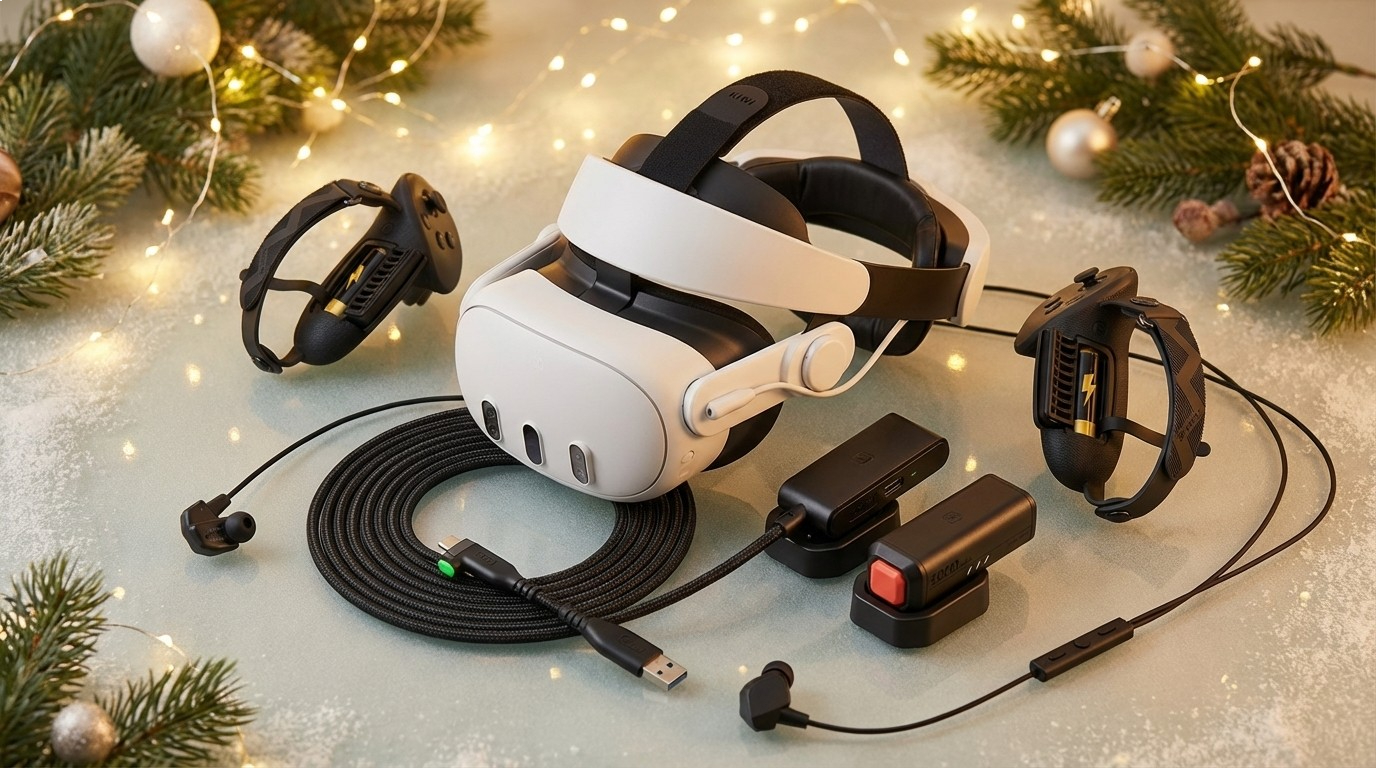PS6 — 8 upgrades we want to see

The PS5 has been out for two years, and finding a PS5 restock is still an uphill battle. Still, if history is any indication, we're currently somewhere between one-quarter and one-third of the way through this current console generation. As the wise man once said, time keeps on slippin', and before you know it, the PS5 will seem as dated as the PS4 does now.
While speculation on the eventual PlayStation 6 is arguably a bit premature, the wish list has to start somewhere. The Tom's Guide team put our heads together and came up with a few areas where the PS5 falls short, and where the PS6 could provide some much-needed improvements. Here are eight upgrades we want from the PS6 — bearing in mind that the PS6 is a long, long way off, and a lot could change between now and then.
And if you want to read our thoughts about a console that may happen a little sooner, check out seven upgrades we want from the Nintendo Switch 2.
Cross-platform PS6/PC support

Just like how Sony should make every game possible playable via cloud streaming, it needs to do the same on PC. The more places a game can be played the better it is for gamers. The only exception should be if a smaller publisher/developer simply didn’t have the resources to put a game on a specific platform. So for Sony’s first-party games, there’s no excuse.
This means every game possible also needs cross-progression (or cross-save) so that users get a streamlined experience. Xbox does a great job of this with its first-party games on Game Pass Ultimate. If you download Halo: Infinite on Xbox One Series X|S and play, when you download it again on your PC you simply pick up from where you left off. While cross-progression is up to the publisher as much as the platform, Sony needs to make it a standard feature whenever possible. — Malcolm McMillan
Different controller styles

It’s no secret that I am not a huge fan of the PS5 DualSense controller. The device is large and unwieldy; the touch panel takes up way too much space; and the haptics are more distracting than immersive. And yet for the last two years, it’s been “DualSense or bust,” and it will remain that way until the extremely similar DualSense Edge comes out.
Both Microsoft and Nintendo have demonstrated that there’s a better way to handle controller compatibility. Microsoft made the Xbox Series X/S backwards compatible with all Xbox One controllers. Nintendo offers both the adaptable Joy-Cons and the more traditional Switch Pro Controller. There’s no reason why Sony couldn’t follow suit and offer a few different controller varieties right off the bat. — Marshall Honorof
Get instant access to breaking news, the hottest reviews, great deals and helpful tips.
Full cloud gaming support

You can make arguments about whether PS5 or Xbox has the best exclusives. Or about which console has the better controller. But what you cannot argue is that Xbox Game Pass Ultimate is ahead of PlayStation Plus Premium when it comes to cloud gaming.
PlayStation Plus does offer some cloud support. You can stream games to a PS4 or PS5 console or to your PC through the PlayStation Plus on PC app. But Game Pass Ultimate allows users to play on their Xbox console, their PC through an app, their PC through a web browser (which is a solid way to game on Chromebook) and their phone through the Game Pass app. Sony needs to match these features if they want their service to stand up well against Microsoft’s cloud gaming dominance. — Malcolm McMillan
Hubs for popular game series

Between God of War, Horizon, Ratchet & Clank, Spider-Man, Uncharted and more, Sony has published — and continues to publish — some of the most beloved gaming series of all time. But at the moment, playing them start to finish is an absolute mess. You often need to own two or three different PlayStation consoles, or sift through three tiers of a subscription service, or puzzle out a generation’s worth of remakes, remasters and re-releases.
Instead, Sony could introduce “hubs” where it gathers every game in a series, and clearly describes the release order. Players could either buy the games à la carte, or access them as part of a subscription. This would be a boon for both new players and veteran fans who want to revisit their favorites. — Marshall Honorof
Less obnoxious design

Current-gen consoles are pretty awful to look at, and the PS5 is arguably the worst-looking one. Not only is it enormous — and difficult to fit into a normal-sized living room — it actually looks like Sony outsourced design to Jony Ive’s talentless brother. It’s hard to imagine anyone in Tokyo thinking this was a good-looking console.
The PS6 actually needs to give us a console that we want to have on display by our TV — not one that’s so big it’s impossible not to. That means ditch the fins, scrap the stand, and shrink it all down as much as possible. Then maybe give it to a designer that knows a thing or two about aesthetics. — Tom Pritchard
More units at launch

OK, this one’s a low blow, but arguably the biggest problem with the PS5 isn’t the lack of games or an issue with performance — it’s the availability of the console. For nearly two years now, finding consoles has been a huge problem and has opened the door to scalpers stealing what little stock there is and re-selling Sony’s new console at double the face value.
Yes, there have been issues with shipping and a global chip shortage that has impacted Sony’s plans in ways the company couldn’t have predicted. Yes, the Covid pandemic drove up sales because we were all stuck indoors for two years. And yes, the PS5 became such a status symbol to own that even celebrities struggled to get one.
However, it doesn’t need to be that way. Ramping up production earlier, finding a more fair way to distribute consoles so that it’s limited to one per household and negotiating better deals with suppliers could make the process much more painless for everyone involved — so please, Sony, get it right for the PS6. — Nick Pino
Backwards compatibility with PS1, PS2, PS3, PS4 discs

One key benefit of owning an Xbox Series X is the fact it can play discs from previous generations out of the box. Meanwhile, the PS5 has PS4 disc support and nothing else. Only a handful of older titles from the PS3, PS2 or PS1 eras are available, and those will cost you money — either as separate purchases, or as part of PlayStation Plus’s $18 a month Premium tier.
This should change by the time the PS6 comes around. Ideally I’d like to be able to pop in my old discs and start playing. But, at the very least, I’d settle for more inclusive access to digital versions of those games. Just as long they cost less than a disc equivalent on the used market. — Tom Pritchard
Support for Dolby Vision HDR

Sony is probably just as famous for its consoles as it is for its TVs, speakers and headphones. Having that heritage in AV should’ve made the PS5 the all-around best console for watching movies and shows in their highest-quality formats and playing games at their peak performance.
Unfortunately, that hasn’t been the case.
The big issue is that the PS5’s Dolby Vision support just isn’t there. Whether you want to admit it or not, Dolby’s version of HDR is the most popular and not having it on a console just feels wrong — especially when you have a Sony TV connected that supports it. What we’d love to see change on the PS6 is universal support for the latest and greatest TV standards right at launch. We shouldn’t have to wait for features like VRR to be implemented, nor should we have to change devices if we want to use our consoles as media players. — Nick Pino

Marshall Honorof was a senior editor for Tom's Guide, overseeing the site's coverage of gaming hardware and software. He comes from a science writing background, having studied paleomammalogy, biological anthropology, and the history of science and technology. After hours, you can find him practicing taekwondo or doing deep dives on classic sci-fi.
- Nick PinoManaging Editor, TV and AV
- Tom PritchardUK Phones Editor
- Malcolm McMillanStreaming Editor
